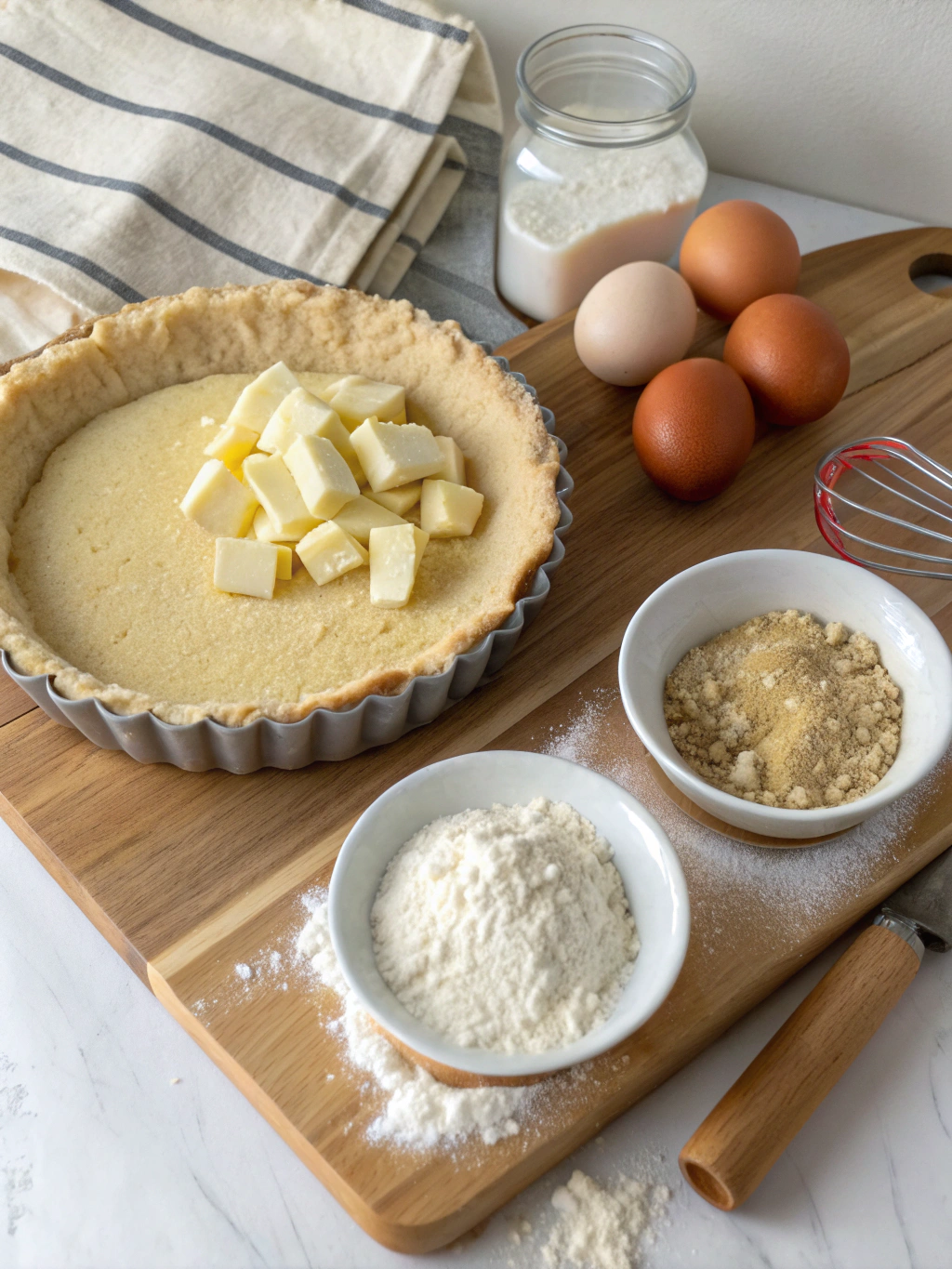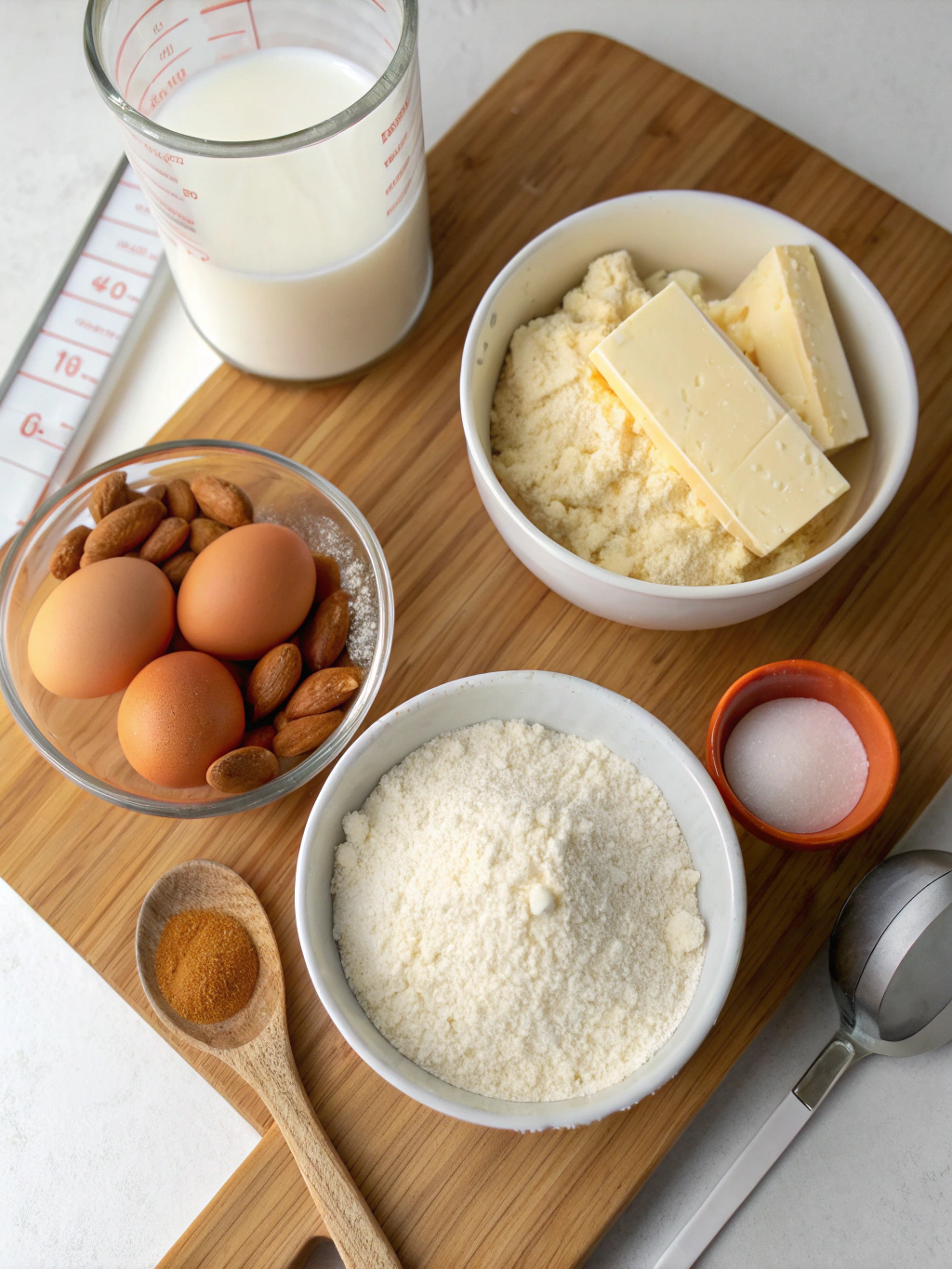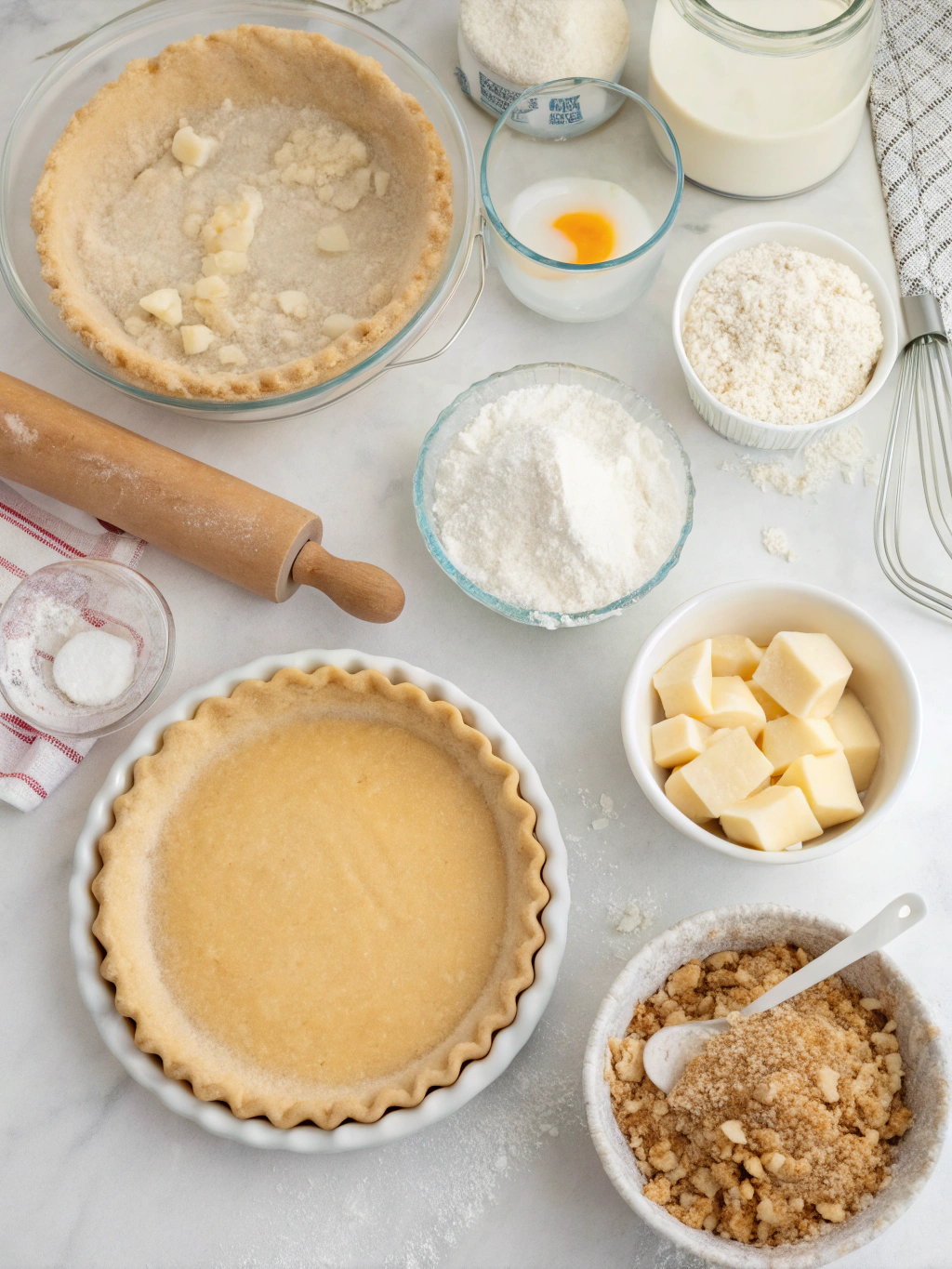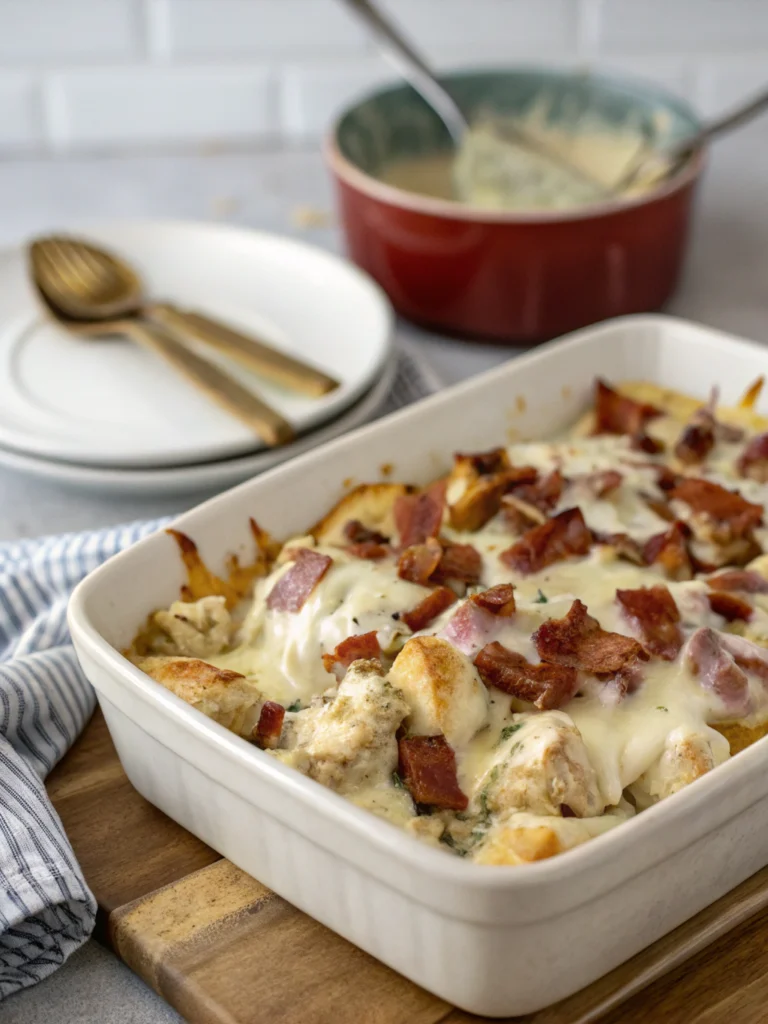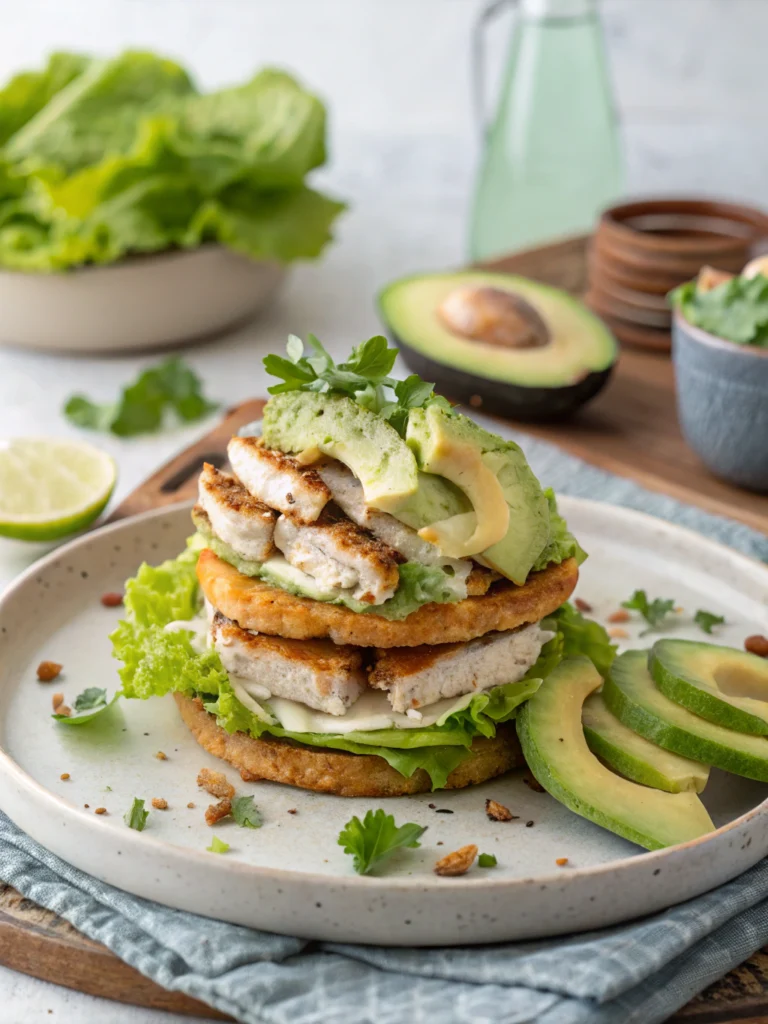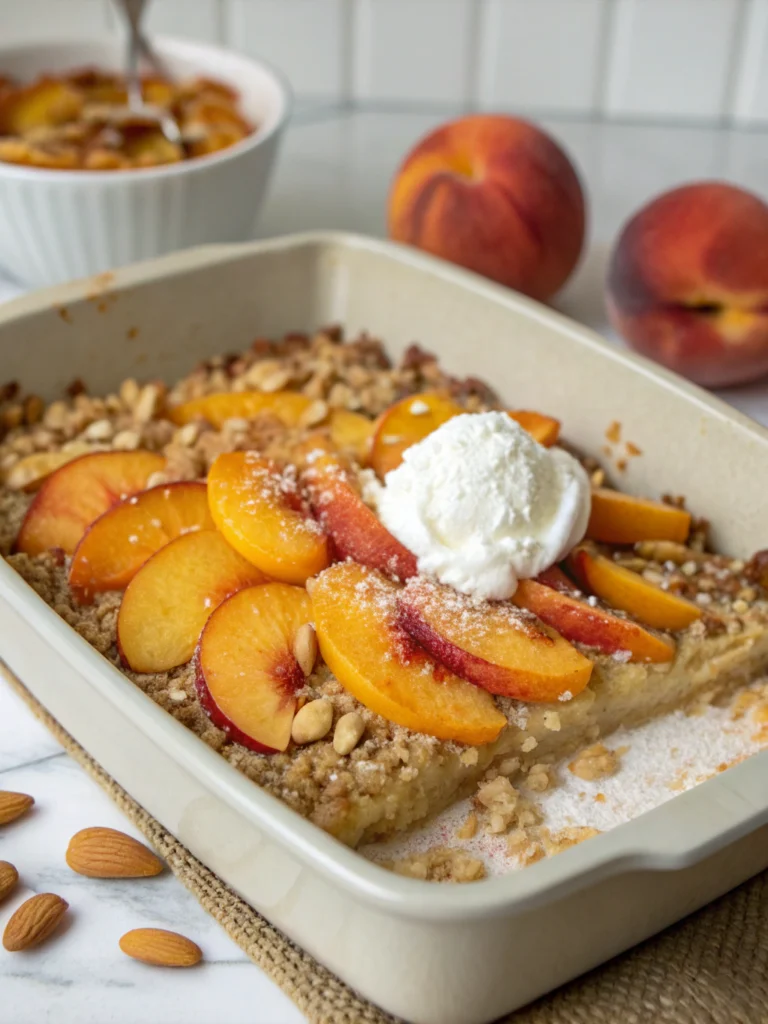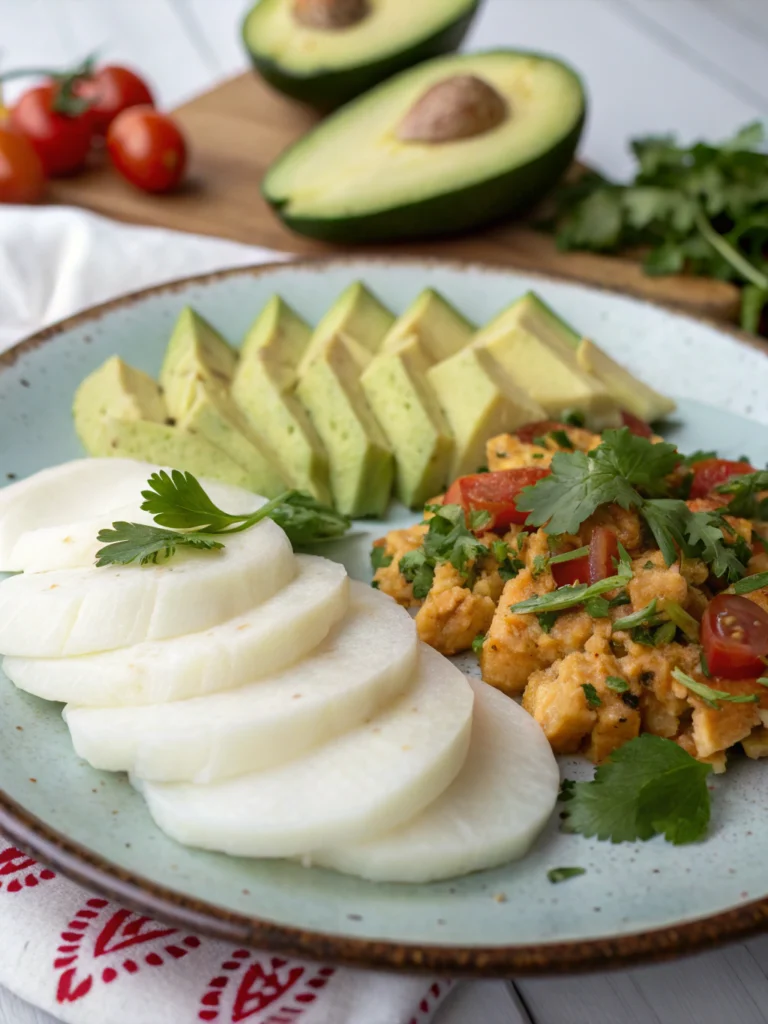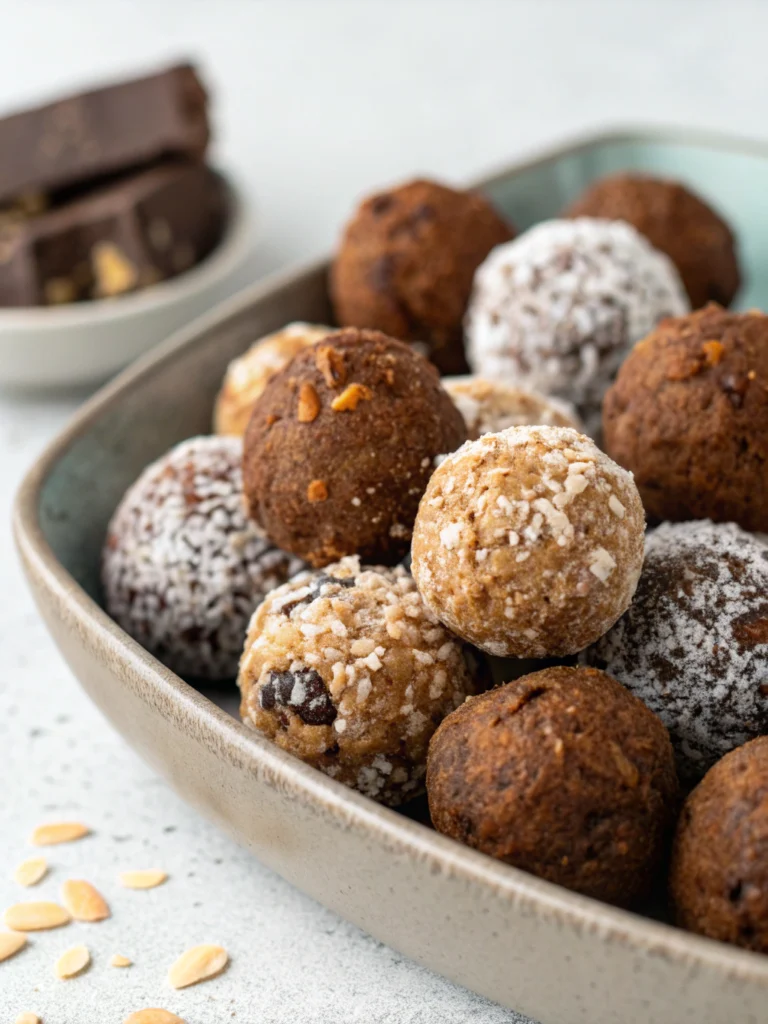Perfect Keto Pie Crust Recipe: Flaky, Low-Carb Delight for Any Filling
Have you ever bitten into a slice of pie and felt immediate guilt about breaking your keto diet? What if you could enjoy a buttery, flaky pie crust that’s completely keto-friendly and doesn’t sacrifice taste or texture?
Creating the perfect keto pie crust recipe has been a challenge for many low-carb bakers. Traditional crusts rely heavily on wheat flour and sugar—ingredients that spike blood glucose and kick you out of ketosis. But this game-changing recipe delivers all the satisfaction of a traditional crust with just a fraction of the carbs.
This keto pie crust recipe combines almond flour, coconut flour, and a few other keto-friendly ingredients to create a versatile base for both sweet and savory pies. Whether you’re planning a holiday feast or simply craving a slice of comfort food, this crust will become your go-to foundation.
Ingredients List
- 2 cups almond flour (fine-ground works best for texture)
- ¼ cup coconut flour (adds structure without excessive carbs)
- ¼ cup powdered erythritol or monk fruit sweetener (omit for savory pies)
- ½ teaspoon xanthan gum (crucial for binding)
- ¼ teaspoon salt (enhances flavor profile)
- ½ cup cold unsalted butter, cubed (European-style butter adds richness)
- 1 large egg, cold from refrigerator
- 1 teaspoon apple cider vinegar (helps achieve flakiness)
- 2-3 tablespoons ice water (as needed for consistency)
Substitution Options: For dairy-free needs, replace butter with cold coconut oil (solid state). If almond allergies are a concern, try sunflower seed flour in equal amounts. For extra flavor dimension, add ½ teaspoon cinnamon to sweet crusts or 1 teaspoon dried herbs to savory versions.
Timing
Preparation time: 15 minutes (includes measuring and mixing)
Chilling time: 30 minutes minimum (essential for proper texture)
Baking time: 12-15 minutes for pre-baking; 25-35 minutes for filled pies
Total time: 57-60 minutes, which is comparable to traditional pie crust but with 75% fewer carbs per serving
Step-by-Step Instructions
Step 1: Prepare Your Dry Ingredients
In a large mixing bowl, whisk together the almond flour, coconut flour, sweetener (if making a sweet crust), xanthan gum, and salt until thoroughly combined. This uniform distribution ensures consistent texture throughout your keto pie crust recipe. Make sure there are no clumps in your dry ingredients as they can create uneven spots in the final crust.
Step 2: Cut in the Butter
Add the cold, cubed butter to your dry ingredients. Using a pastry cutter or two forks, cut the butter into the flour mixture until it resembles coarse crumbs about the size of peas. Avoid using your hands too much as the warmth can melt the butter—those cold butter pieces are what create flakiness in the baked crust!
Step 3: Add Wet Ingredients
In a small bowl, whisk together the cold egg and apple cider vinegar. Pour this mixture into your flour-butter mixture and stir gently with a fork. Add ice water, one tablespoon at a time, until the dough just begins to come together. You’ll know it’s ready when it holds together when pinched but isn’t sticky.
Step 4: Form and Chill the Dough
Turn the dough onto a piece of parchment paper and form it into a disc about 1-inch thick. Wrap tightly and refrigerate for at least 30 minutes, though 1-2 hours is ideal. This resting period allows the flours to hydrate properly and the fats to solidify, resulting in a more workable dough and flakier crust.
Step 5: Roll Out the Dough
Place the chilled dough between two pieces of parchment paper. This technique prevents sticking without adding extra flour, which would increase the carb count. Roll from the center outward until you have a circle about 12 inches in diameter and ⅛-inch thick. Work quickly to keep the dough cold.
Step 6: Transfer to Pie Plate
Remove the top piece of parchment and carefully flip the dough over your 9-inch pie plate. Peel away the remaining parchment and gently press the dough into the plate. Don’t stretch the dough as this causes shrinking during baking. Instead, lift and lower it into position.
Step 7: Crimp and Finish
Trim any excess dough hanging over the edges, leaving about ½-inch overhang. Fold this overhang under itself to create a thicker edge, then crimp decoratively with your fingers or a fork. For a golden finish, brush with a beaten egg wash (optional, adds approximately 0.5g carbs to the entire crust).
Step 8: Pre-bake or Fill
For cream pies or no-bake fillings, prick the bottom with a fork and pre-bake at 350°F for 12-15 minutes until golden. For filled pies, add your filling to the raw crust and bake according to your pie recipe. If edges brown too quickly, cover them with foil or a pie shield.
Nutritional Information
This keto pie crust recipe yields 8 servings (one 9-inch pie crust) with the following nutritional profile per slice:
- Calories: 245
- Total Fat: 22g
- Saturated Fat: 8g
- Cholesterol: 45mg
- Sodium: 75mg
- Total Carbohydrates: 7g
- Dietary Fiber: 4g
- Net Carbs: 3g
- Protein: 6g
This represents a 90% reduction in net carbs compared to traditional pie crusts, which typically contain 20-25g net carbs per slice. The high fat content (75% of calories) aligns perfectly with keto macronutrient goals while providing satisfying richness.
Healthier Alternatives for the Recipe
While this recipe is already optimized for a ketogenic diet, you can make additional modifications to suit specific health needs:
- For higher protein content: Replace ¼ cup of almond flour with unflavored whey protein isolate to add approximately 3g protein per slice.
- For omega-3 enrichment: Add 2 tablespoons of ground flaxseed to the dry ingredients, which contributes heart-healthy fats and additional fiber.
- For reduced saturated fat: Replace half the butter with cold-pressed avocado oil (use 2 tablespoons less water to compensate).
- For gut health support: Add 1 tablespoon of inulin powder to the dry ingredients, which serves as a prebiotic fiber.
Serving Suggestions
This versatile keto crust pairs beautifully with numerous fillings:
- For a classic dessert: Fill with sugar-free pumpkin custard and top with whipped cream sweetened with monk fruit.
- For brunch: Create a savory quiche with spinach, gruyere, and pancetta for an elegant low-carb option.
- For summer gatherings: Fill with sugar-free lemon curd topped with fresh berries for a refreshing treat.
- For comfort food: Use as a top crust for chicken pot pie, replacing the bottom crust with riced cauliflower to reduce carbs further.
- For individual servings: Press into muffin tins for mini tarts filled with sugar-free chocolate ganache.
Common Mistakes to Avoid
- Using warm ingredients: Always use cold butter, egg, and water. Warm ingredients prevent the formation of those essential butter pockets that create flakiness.
- Overworking the dough: Excessive handling activates the proteins in almond flour and melts the fat, resulting in a tough crust. Mix just until combined.
- Skipping the chilling step: Studies show that chilling almond flour doughs for at least 30 minutes improves texture by 40% and reduces crumbling.
- Omitting xanthan gum: This ingredient is crucial as it replaces the binding function of gluten. Without it, your crust will likely fall apart.
- Rolling too thin: Keto crusts need to be slightly thicker than traditional crusts (about ⅛-inch) to maintain structural integrity.
- Baking at too high a temperature: Almond flour burns more easily than wheat flour. Reduce traditional baking temperatures by 25°F and watch closely.
Storing Tips for the Recipe
Proper storage extends the life of your keto crust while maintaining quality:
- Unbaked dough: Wrap tightly in plastic wrap and refrigerate for up to 3 days. For longer storage, place wrapped dough in a freezer bag and freeze for up to 3 months. Thaw overnight in the refrigerator before using.
- Pre-baked empty shell: Cool completely, wrap in aluminum foil, and refrigerate for up to 5 days or freeze for up to 1 month.
- Filled pie: Most keto pies with this crust will keep in the refrigerator for 3-4 days. Cover loosely with foil rather than plastic wrap to prevent condensation from softening the crust.
- Reheating: To restore crispness to refrigerated crust, reheat in a 325°F oven for 5-10 minutes before serving.
Conclusion
This foolproof keto pie crust transforms what was once a forbidden indulgence into a keto-friendly staple. With just 3g net carbs per slice, you can enjoy the pleasure of pie without compromising your low-carb lifestyle. The buttery, flaky texture rivals traditional wheat-based crusts while supporting your metabolic health.
Have you tried this recipe? I’d love to hear about your experience and see what delicious fillings you paired with it! Share your creations in the comments below or tag us on social media. And if you’re looking for filling ideas, check out our collection of keto-friendly pie fillings that perfectly complement this versatile crust.

